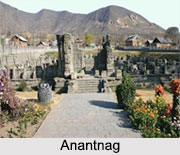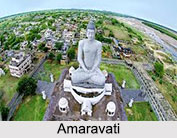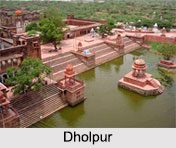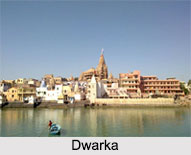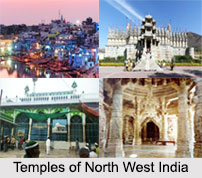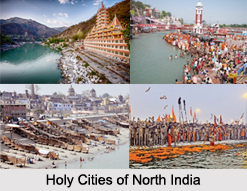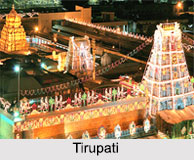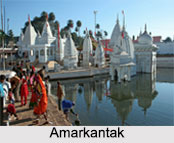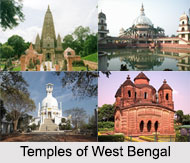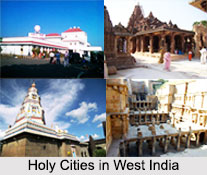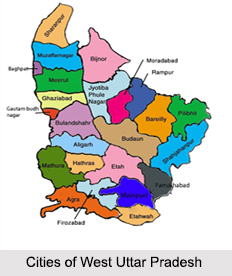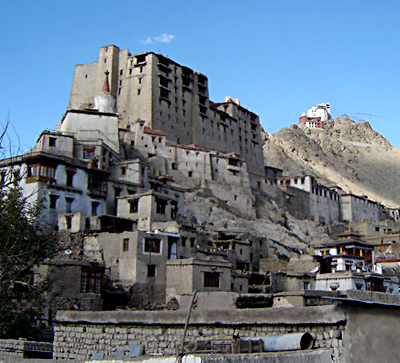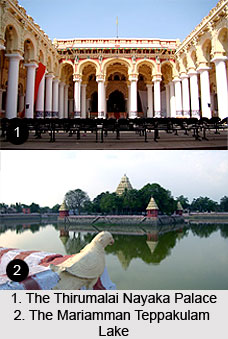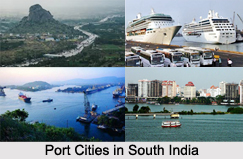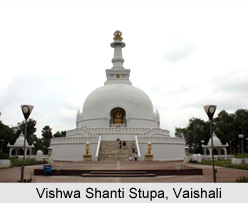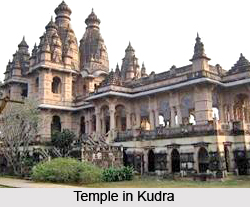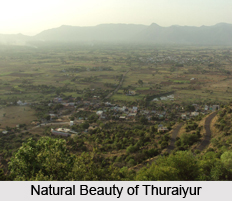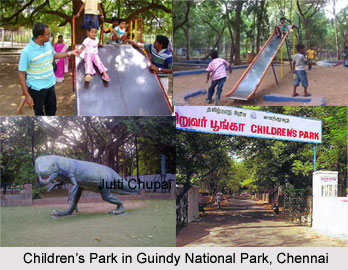 Children"s Park is an integral part of the famous Guindy National Park, a National Park in the midst of a metropolis Chennai, in the Indian state of Tamil Nadu. Of the total 2.71 square kilometres (670 acres) area of the national park, about 22 acres has been carved out into a children"s park at the northeast corner, for ex-situ conservation. The Children"s Park has a play area for children and houses a mini zoo with varied species of animals and birds.
Children"s Park is an integral part of the famous Guindy National Park, a National Park in the midst of a metropolis Chennai, in the Indian state of Tamil Nadu. Of the total 2.71 square kilometres (670 acres) area of the national park, about 22 acres has been carved out into a children"s park at the northeast corner, for ex-situ conservation. The Children"s Park has a play area for children and houses a mini zoo with varied species of animals and birds.
The Children"s Park was started with the idea, in addition to recreation, of providing children a natural environment where they can blend themselves with different animals and birds, get educated about them and become aware on conservation and its importance. The multifarious animal and bird species, which have also bred well in recent years, include black buck, sambar, spotted deer, porcupine, hyena, jackal, python, grey pelican, night heron, cormorant, cockatiel, parrot, mongoose, common peafowl, common otter, rhesus monkey, bonnet monkey and common langur. The Children`s Park also exhibits a fossilised tree specimen estimated to be about 20 million years old. A statue of a Tyrannosaurus, a genus of dinosaur, highlights the entrance.
Visiting Information to Children"s Park, Chennai
The Children`s Park is an extension of the Guindy National Park of Chennai, along with the Guindy Snake Park, India"s first reptile park that is also a part of the national park. Both of these have separate entrances and independent entry fees. The Children Park"s entrance lies on the busy Sardar Patel Road next to the Adyar Cancer Institute and its visiting hours are 8.30 a.m. to 5.30 p.m., on all days except Tuesdays. Drinking water, vendors and catering are available in the park.
In the year 1995, the Central Zoo Authority gave the statutory recognition of a medium zoo to the Children"s Park in Guindy National Park.
This article is a stub. You can enrich by adding more information to it. Send your Write Up to content@indianetzone.com
